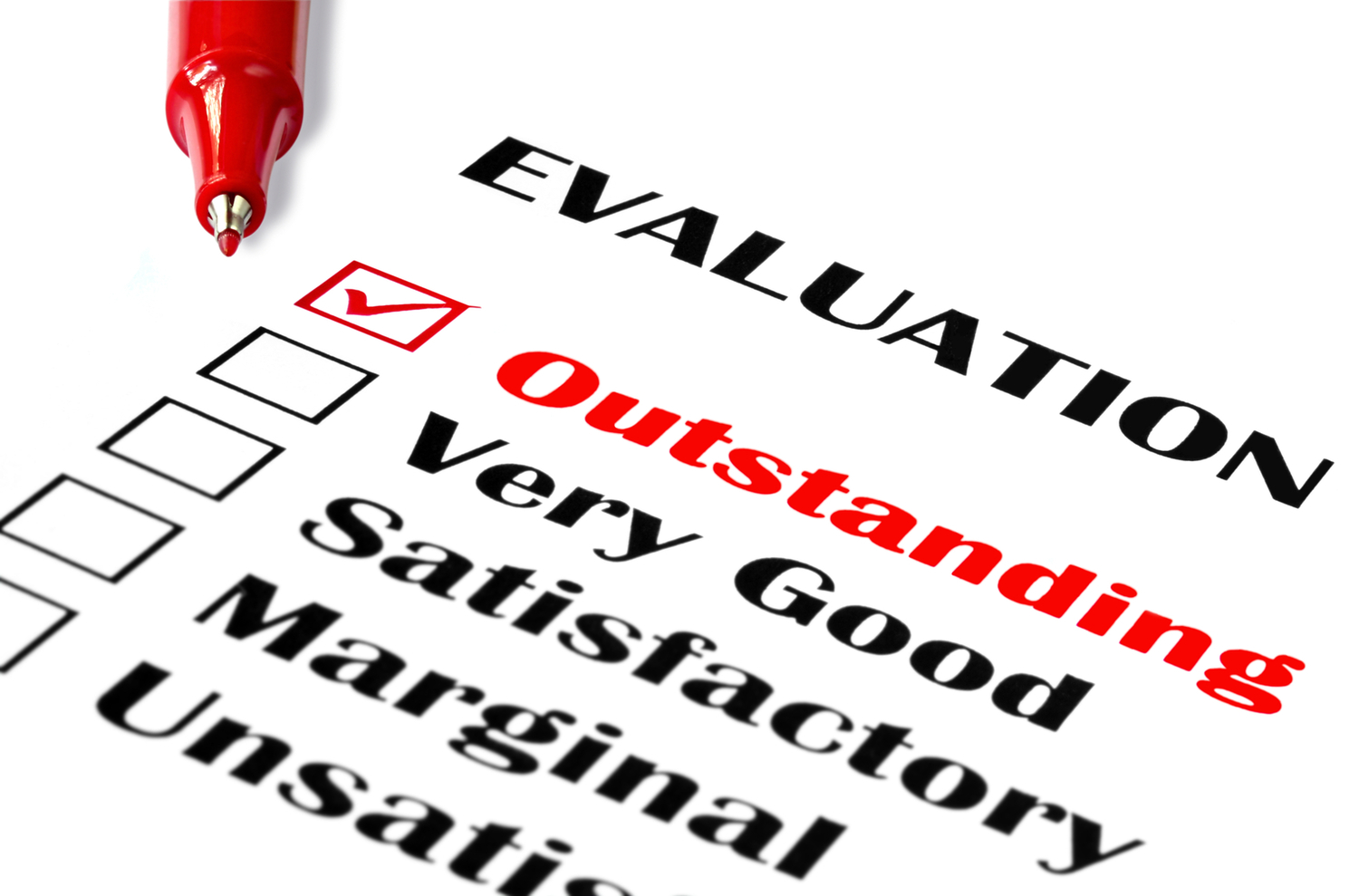One of the most significant shifts in workforce dynamics has been driven by younger generations who have grown up immersed in technology and gaming. Millennials, Gen X, and Gen Z are now demanding more engaging, dynamic, and interactive learning experiences in the workplace. As a result, organizations are pivoting to gamification to revitalize their Learning Management Systems (LMS). This blog will explore the perks of gamifying your LMS and presenting a business case for why this strategy should be considered if you wish to keep an engaged workforce.
First, let’s set the stage in case you are unaware of what we are talking about. Gamification involves integrating game design elements into non-game contexts to make activities more engaging and enjoyable. In the context of an LMS, gamification typically includes features such as points, badges, leaderboards, and challenges. These elements are designed to motivate employees, enhance their learning experience, and improve retention and performance.
Traditional training methods, such as lengthy video courses or monotonous PowerPoints, often fail to capture employees' attention and interest. Gamification, on the other hand, taps into the natural human inclination for competition and achievement. According to a study by TalentLMS, 83% of employees who participated in gamified training felt more motivated, and 61% found it more engaging than traditional training methods. By incorporating game elements, organizations can transform mundane tasks into exciting and immersive experiences. One client of ours used their gamified LMS to educate employees on Safety procedures. They incorporated a photo contest with it which provided gift cards as rewards.
Effective learning is not just about acquiring new information but also about retaining it over time. Gamified training leverages the principles of active learning, rather than passively receiving information (and likely fighting the urge to sleep), employees are motivated to pay attention in order to ensure they can ace any test and move up the company leaderboard. A study published in the International Journal of Educational Technology in Higher Education found that gamified learning led to a 24% increase in retention rates compared to traditional methods. By making learning fun and interactive, gamification helps reinforce key concepts and ensures that employees can apply what they've learned in real-world scenarios.
Gamification can also drive higher levels of productivity and performance. That same client who currently utilizes gamification also created a “scavenger hunt” course for employees on locating key items such as insurance documents, tax information, and retirement contributions. This created a level of independence for employees and cut down the amount of time needed from HR to answer reoccurring questions, which in turn saw to increased productivity by all parties. No longer did thirty-second questions turn into thirty-minute issues.
Additionally, gamified LMS platforms often include dashboards and analytics that enable managers to monitor employees' progress, identify skill gaps, and tailor training programs to meet individual needs. This data-driven approach ensures that training efforts are targeted and effective, maximizing the return on investment for the organization.
Furthermore, gamification can enhance the organization's employer brand and attract top talent. In a competitive job market, offering innovative and engaging learning opportunities can set your company apart from others and position it as a desirable place to work.
Implementing gamification in your LMS is not just a trend; it is a strategic investment that can yield substantial benefits for your organization. This strategy is not exclusive to white collar business. The client I frequently cited is in the construction business. By embracing gamification, their businesses created a learning culture that aligns with their values and keeps an otherwise labor-intensive job fun and engaging for younger generations. Which in turn led to higher employee engagement, improved knowledge retention, increased productivity, and better overall performance.
As the workplace continues to evolve, so must the methods we use to train and develop our employees. Gamifying your Learning Management System is a powerful strategy that can transform traditional training into an engaging and effective learning experience. By leveraging the principles of gamification, organizations can boost employee motivation, improve knowledge retention, increase productivity, and ultimately achieve better business outcomes. It is time to embrace the power of gamification and unlock the full potential of your workforce.
Alex Vial
HR Advisor, HR Services
Alex obtained his Bachelor of Science in Business Administration, with a focus in Human Resource Management from The University of New Orleans. He has worked in a variety of industries, including not-for-profit organizations, Telecommunications/IT, and Solar/Renewables. In his career, he has focused on human resource and legal compliance for companies operating in multiple states, Professional Development and employee trainings, employee engagement, onboarding, offboarding, and conflict resolution. Alex believes the best part of HR is helping companies create pro-employee cultures, increasing retention and reducing recruiting costs. Alex loves tackling new challenges on behalf of his customers at empact and Crescent.
His personal philosophy is “The obstacle in the path becomes the path. Within every obstacle is an opportunity to improve our condition.” – Ryan Holiday



